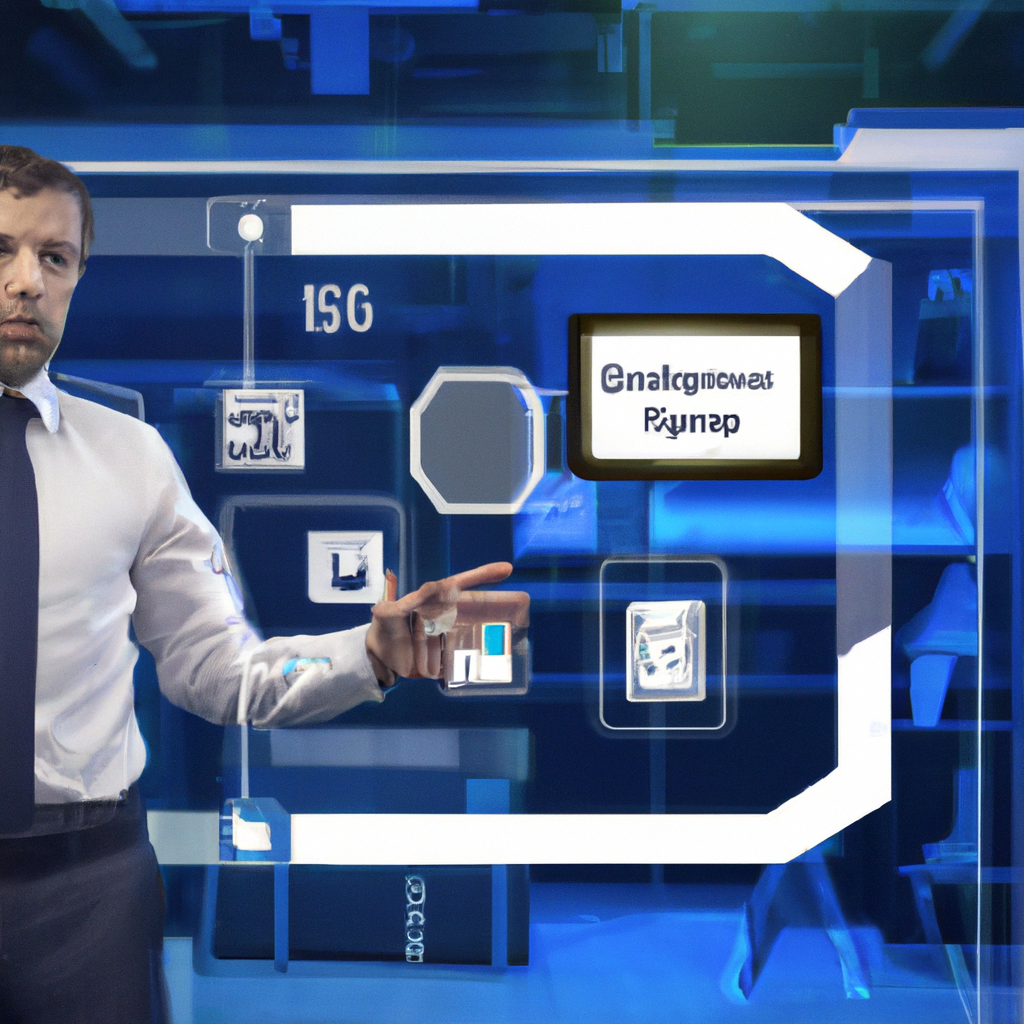
Digital transformation: navigating the future of business in the it era
In recent years, the term ‘digital transformation’ has become a buzzword across industries, reflecting the profound impact of information technology on modern business practices. As companies strive to remain competitive in an increasingly digital world, the adoption and integration of advanced IT solutions have become not just an option, but a necessity.
Digital transformation refers to the integration of digital technology into all areas of a business, fundamentally changing how companies operate and deliver value to their customers. It involves a cultural change that requires organizations to continually challenge the status quo, experiment, and get comfortable with failure.
One of the primary drivers of digital transformation is the exponential growth of data. Businesses today have access to unprecedented amounts of information about their customers, operations, and market trends. Leveraging big data analytics, companies can gain valuable insights that inform decision-making, improve customer experiences, and drive innovation.
Cloud computing is another critical component of digital transformation. By shifting data storage and processing to the cloud, businesses can reduce IT costs, increase flexibility, and enhance scalability. This shift enables companies to respond more quickly to market changes and scale their operations up or down as needed.
Moreover, artificial intelligence (AI) and machine learning (ML) are revolutionizing various sectors by automating processes and providing data-driven insights. From customer service chatbots to predictive analytics, AI and ML are enabling businesses to operate more efficiently and effectively.
However, digital transformation is not without its challenges. Security concerns are paramount as cyber threats continue to evolve. Ensuring robust cybersecurity measures is essential to protect sensitive data and maintain customer trust.
Additionally, the rapid pace of technological change can be overwhelming for businesses. Companies must be agile and adaptable, willing to invest in employee training and development to keep up with the latest advancements.
The impact of digital transformation extends beyond individual businesses to entire industries. For instance, the retail sector has been transformed by e-commerce platforms, while the healthcare industry is leveraging telemedicine and digital health records to improve patient care.
In the financial sector, fintech innovations are disrupting traditional banking models, offering consumers more convenient and personalized services. Meanwhile, in manufacturing, the Internet of Things (IoT) is enabling smarter factories through connected devices and real-time data monitoring.
To successfully navigate digital transformation, businesses must develop a clear strategy that aligns with their overall goals. This involves setting priorities, identifying key technologies, and establishing a roadmap for implementation.
Leadership plays a crucial role in driving digital transformation. Leaders must foster a culture of innovation and collaboration, encouraging employees to embrace change and think creatively. It’s also important for leaders to communicate the vision and benefits of digital transformation clearly to all stakeholders.
Looking ahead, the future of digital transformation is promising. As technology continues to advance, new opportunities will arise for businesses to innovate and create value. Emerging technologies such as blockchain, augmented reality (AR), and 5G networks hold the potential to further revolutionize the business landscape.
In conclusion, digital transformation is a complex but essential journey for businesses aiming to thrive in the IT era. By embracing change and leveraging technology strategically, companies can enhance their competitiveness, drive growth, and deliver superior value to customers.
